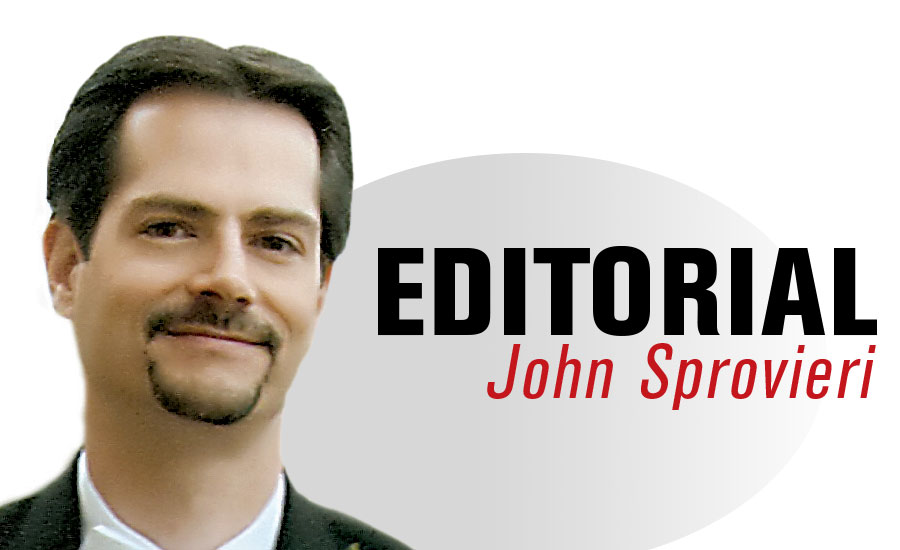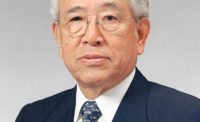Not many CEOs become household names. Looking at the current Fortune 100, I came up with just three: Jeff Bezos of Amazon, Mark Zuckerberg of Facebook, and Michael Dell of Dell, the latter only because I stare at a Dell laptop all week.
One of the first CEOs to truly become a household name was Lee Iacocca. He died July 2 at age 94. Only in America could the son of Italian immigrants—his father ran a hot dog stand—rise to lead two of the nation’s largest manufacturers, Ford Motor Co. and Chrysler Corp. (now Fiat Chrysler Automobiles, or FCA). Iacocca helped create the iconic Ford Mustang, and he saved Chrysler from bankruptcy in 1979.
“He played a historic role in steering Chrysler through crisis and making it a true competitive force. He was one of the great leaders of our company and the auto industry as a whole,” said a statement from FCA. “Lee gave us a mindset that still drives us today—one that is characterized by hard work, dedication and grit.”
Iacocca didn’t just lead Chrysler, he was its pitchman. At a time when U.S. automakers were just beginning to feel the strength of Japanese competitors, Iacocca aligned buying cars made domestically with American patriotism. Throughout the 1980s, he appeared in TV commercials proclaiming “the pride is back” at Chrysler. He also voiced what was to become his trademark phrase: “If you can find a better car, buy it.”
He was so widely admired that there was serious talk of him running for president of the United States in 1988.
Iacocca began his career as an engineer at Ford in 1946. In 1964, he oversaw the launch of the Mustang. Ford sold 419,000 Mustangs in just its first year. Iacocca also participated in the design of several other successful Ford cars, including the Continental Mark III and Ford Escort.
Eventually, he became the president of Ford, but he was fired in 1978 after clashing with company chairman Henry Ford II. Ironically, the company posted a $2 billion profit that year.
Iacocca took over Chrysler a year later. The company was on the verge of collapse, but he led it through a strict restructuring process that included $1.5 billion in federally guaranteed loans. It eventually paid off. In 1983, he announced with pride that Chrysler was repaying the loans seven years early.
While at Chrysler, Iacocca directed the launch of the K-Car line and—to the chagrin of suburban dads everywhere—the minivan.
As I write this, the UAW’s strike against General Motors is continuing with no end in sight. Iacocca extracted concessions from the union to help save Chrysler, but he also appointed a union representative to corporate leadership. In 1980, he brought UAW President Douglas Fraser onto Chrysler’s board of directors after his crucial role in lobbying for the loans that saved the company.
I wonder if we’ll see another CEO like him again.



